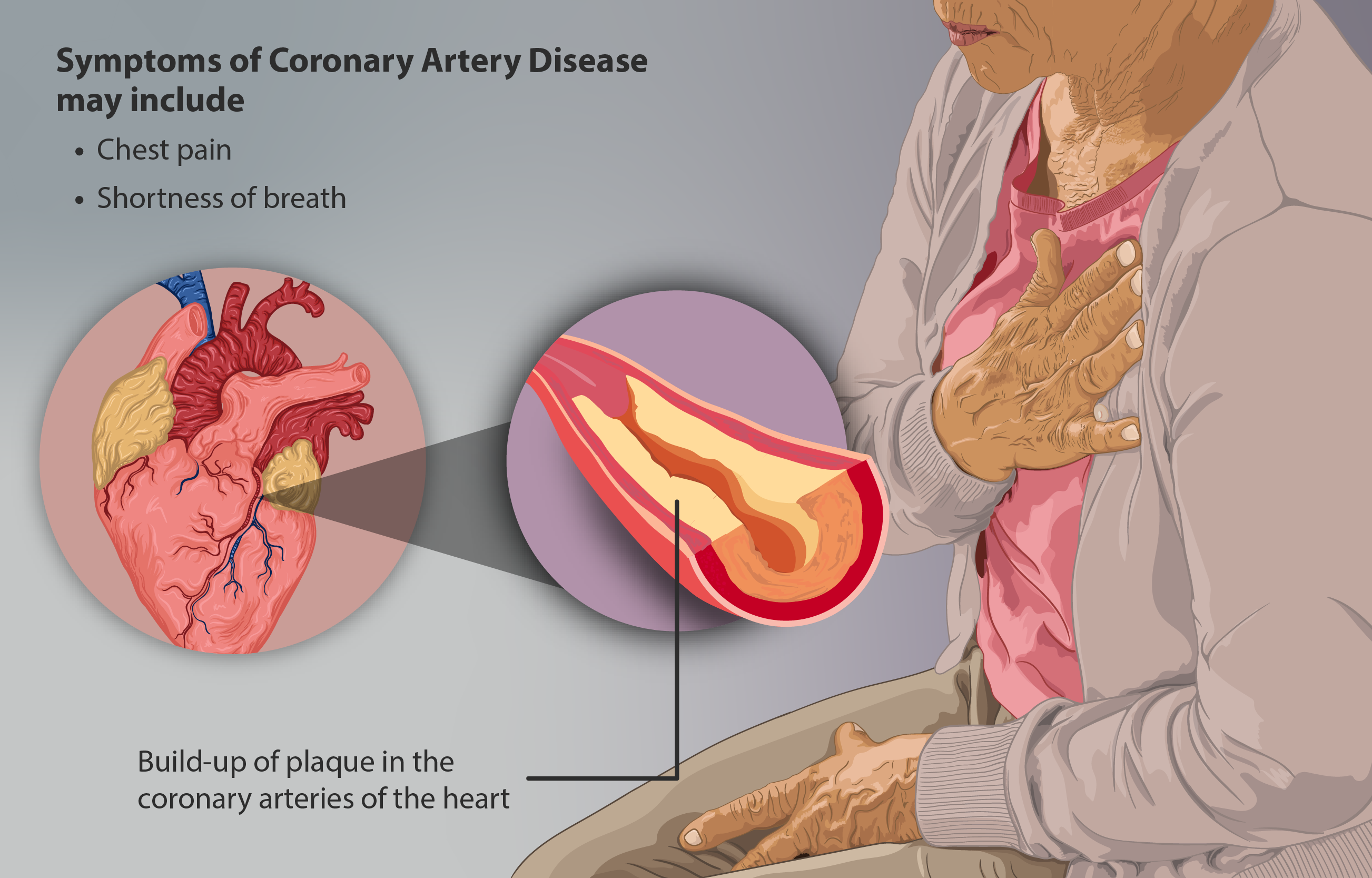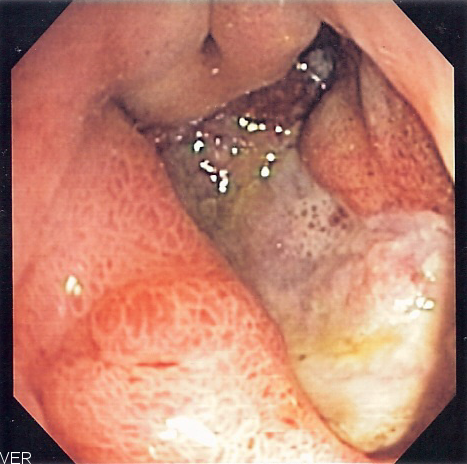|
PGE1
Prostaglandin E1 (PGE1) is a naturally occurring prostaglandin with various medical uses. Alprostadil and misoprostol are synthetic forms of prostaglandin E1 used as medications. Lubiprostone, a derivative of prostaglandin E1, is also used as a medication. Prostaglandin E1 is a vasodilator. It has various effects in the body that include opening blood vessels, relaxing smooth muscle, inhibiting clotting, and causing uterine contractions. In infants with certain congenital heart defects, alprostadil is delivered by slow injection into a vein to maintain a patent ductus arteriosus until surgery can be carried out. By injection into the penis or placement in the urethra, alprostadil is used to treat erectile dysfunction. Common side effects when given to babies include decreased breathing, fever, and low blood pressure. When injected into the penis for erectile dysfunction; side effects may include penile pain, bleeding at the site of injection, and prolonged erection (priapi ... [...More Info...] [...Related Items...] OR: [Wikipedia] [Google] [Baidu] |
Prostaglandin
Prostaglandins (PG) are a group of physiology, physiologically active lipid compounds called eicosanoids that have diverse hormone-like effects in animals. Prostaglandins have been found in almost every Tissue (biology), tissue in humans and other animals. They are derived enzymatically from the fatty acid arachidonic acid. Every prostaglandin contains 20 carbon atoms, including a carbon ring, 5-carbon ring. They are a subclass of eicosanoids and of the prostanoid class of fatty acid derivatives. The structural differences between prostaglandins account for their different biological activities. A given prostaglandin may have different and even opposite effects in different tissues in some cases. The ability of the same prostaglandin to stimulate a reaction in one tissue and inhibit the same reaction in another tissue is determined by the type of receptor (biochemistry), receptor to which the prostaglandin binds. They act as autocrine or paracrine factors with their target cells ... [...More Info...] [...Related Items...] OR: [Wikipedia] [Google] [Baidu] |
Abortion
Abortion is the early termination of a pregnancy by removal or expulsion of an embryo or fetus. Abortions that occur without intervention are known as miscarriages or "spontaneous abortions", and occur in roughly 30–40% of all pregnancies. Deliberate actions to end a pregnancy are called induced abortion, or less frequently "induced miscarriage". The unmodified word ''abortion'' generally refers to induced abortion. Common reasons for having an abortion are birth-timing and limiting family size. Other reasons include maternal health, an inability to afford a child, domestic violence, lack of support, feelings of being too young, wishing to complete an education or advance a career, or not being able or willing to raise a child conceived as a result of rape or incest. When done legally in industrialized societies, induced abortion is one of the safest procedures in medicine. Modern methods use medication or surgery for abortions. The drug mifepristone (aka RU-4 ... [...More Info...] [...Related Items...] OR: [Wikipedia] [Google] [Baidu] |
Intravenous
Intravenous therapy (abbreviated as IV therapy) is a medical technique that administers fluids, medications and nutrients directly into a person's vein. The intravenous route of administration is commonly used for rehydration or to provide nutrients for those who cannot, or will not—due to reduced mental states or otherwise—consume food or water per os, by mouth. It may also be used to administer pharmaceutical drug, medications or other medical therapy such as blood transfusion, blood products or electrolytes to correct electrolyte imbalances. Attempts at providing intravenous therapy have been recorded as early as the 1400s, but the practice did not become widespread until the 1900s after the development of techniques for safe, effective use. The intravenous route is the fastest way to deliver medications and fluid replacement throughout the body as they are introduced directly into the circulatory system and thus quickly distributed. For this reason, the intravenous route ... [...More Info...] [...Related Items...] OR: [Wikipedia] [Google] [Baidu] |
Low Blood Pressure
Hypotension, also known as low blood pressure, is a cardiovascular condition characterized by abnormally reduced blood pressure. Blood pressure is the force of blood pushing against the walls of the arteries as the heart pumps out blood and is indicated by two numbers, the systolic blood pressure (the top number) and the diastolic blood pressure (the bottom number), which are the maximum and minimum blood pressures within the cardiac cycle, respectively. A systolic blood pressure of less than 90 millimeters of mercury (mmHg) or diastolic of less than 60 mmHg is generally considered to be hypotension. Different numbers apply to children. However, in practice, blood pressure is considered too low only if noticeable symptoms are present. Symptoms may include dizziness, lightheadedness, confusion, feeling tired, weakness, headache, blurred vision, nausea, neck or back pain, an irregular heartbeat or feeling that the heart is skipping beats or fluttering, sweating, and fain ... [...More Info...] [...Related Items...] OR: [Wikipedia] [Google] [Baidu] |
Coronary Artery Disease
Coronary artery disease (CAD), also called coronary heart disease (CHD), or ischemic heart disease (IHD), is a type of cardiovascular disease, heart disease involving Ischemia, the reduction of blood flow to the cardiac muscle due to a build-up of atheromatous plaque in the Coronary arteries, arteries of the heart. It is the most common of the cardiovascular diseases. CAD can cause stable angina, unstable angina, myocardial ischemia, and myocardial infarction. A common symptom is angina, which is chest pain or discomfort that may travel into the shoulder, arm, back, neck, or jaw. Occasionally it may feel like heartburn. In stable angina, symptoms occur with exercise or emotional Psychological stress, stress, last less than a few minutes, and improve with rest. Shortness of breath may also occur and sometimes no symptoms are present. In many cases, the first sign is a Myocardial infarction, heart attack. Other complications include heart failure or an Heart arrhythmia, abnormal h ... [...More Info...] [...Related Items...] OR: [Wikipedia] [Google] [Baidu] |
Omega-6 Fatty Acid
Omega−6 fatty acids (also referred to as ω−6 fatty acids or ''n''−6 fatty acids) are a family of polyunsaturated fatty acids (PUFA) that share a final carbon-carbon double bond in the ''n''−6 position, that is, the sixth bond, counting from the methyl end. Health and medical organizations recommend intake of omega-6 fatty acids as part of healthful dietary patterns. Health effects The American Heart Association "supports an omega-6 PUFA intake of at least 5% to 10% of energy in the context of other AHA lifestyle and dietary recommendations. To reduce omega-6 PUFA intakes from their current levels would be more likely to increase than to decrease risk for coronary heart disease." A 2018 review found that an increased intake of omega−6 fatty acids reduces total serum cholesterol and may reduce myocardial infarction (heart attack), but found no significant change in LDL cholesterol and triglycerides. A 2021 review found that omega−6 supplements do not affect the ... [...More Info...] [...Related Items...] OR: [Wikipedia] [Google] [Baidu] |
Chronic Constipation
Constipation is a bowel dysfunction that makes bowel movements infrequent or hard to pass. The stool is often hard and dry. Other symptoms may include abdominal pain, bloating, and feeling as if one has not completely passed the bowel movement. Complications from constipation may include hemorrhoids, anal fissure or fecal impaction. The normal frequency of bowel movements in adults is between three per day and three per week. Babies often have three to four bowel movements per day while young children typically have two to three per day. Constipation has many causes. Common causes include slow movement of stool within the colon, irritable bowel syndrome, and pelvic floor disorders. Underlying associated diseases include hypothyroidism, diabetes, Parkinson's disease, celiac disease, non-celiac gluten sensitivity, vitamin B12 deficiency, colon cancer, diverticulitis, and inflammatory bowel disease. Medications associated with constipation include opioids, certain antacids, cal ... [...More Info...] [...Related Items...] OR: [Wikipedia] [Google] [Baidu] |
WHO Model List Of Essential Medicines
The WHO Model List of Essential Medicines (aka Essential Medicines List or EML), published by the World Health Organization (WHO), contains the medications considered to be most effective and safe to meet the most important needs in a health system. The list is frequently used by countries to help develop their own local lists of essential medicines. , more than 155 countries have created national lists of essential medicines based on the World Health Organization's model list. This includes both Developed country, developed and Developing country, developing countries. The list is divided into core items and complementary items. The core items are deemed to be the most cost-effective options for key health problems and are usable with little additional health care resources. The complementary items either require additional infrastructure such as specially trained health care providers or diagnostic equipment or have a lower cost–benefit ratio. About 25% of items are in the ... [...More Info...] [...Related Items...] OR: [Wikipedia] [Google] [Baidu] |
Peptic Ulcer Disease
Peptic ulcer disease is when the inner part of the stomach's gastric mucosa (lining of the stomach), the first part of the small intestine, or sometimes the lower esophagus, gets damaged. An ulcer in the stomach is called a gastric ulcer, while one in the first part of the intestines is a duodenal ulcer. The most common symptoms of a duodenal ulcer are waking at night with upper abdominal pain, and upper abdominal pain that improves with eating. With a gastric ulcer, the pain may worsen with eating. The pain is often described as a burning or dull ache. Other symptoms include belching, vomiting, weight loss, or poor appetite. About a third of older people with peptic ulcers have no symptoms. Complications may include bleeding, perforation, and blockage of the stomach. Bleeding occurs in as many as 15% of cases. Common causes include infection with ''Helicobacter pylori'' and non-steroidal anti-inflammatory drugs (NSAIDs). Other, less common causes include tobacco smoking, ... [...More Info...] [...Related Items...] OR: [Wikipedia] [Google] [Baidu] |
Duodenal Ulcer
Peptic ulcer disease is when the inner part of the stomach's gastric mucosa (lining of the stomach), the first part of the small intestine, or sometimes the lower esophagus, gets damaged. An ulcer in the stomach is called a gastric ulcer, while one in the first part of the intestines is a duodenal ulcer. The most common symptoms of a duodenal ulcer are waking at night with epigastrium, upper abdominal pain, and upper abdominal pain that improves with eating. With a gastric ulcer, the pain may worsen with eating. The pain is often described as a dyspepsia, burning or dull ache. Other symptoms include belching, vomiting, weight loss, or Anorexia (symptom), poor appetite. About a third of older people with peptic ulcers have no symptoms. Complications may include gastrointestinal bleeding, bleeding, gastrointestinal perforation, perforation, and gastric outlet obstruction, blockage of the stomach. Bleeding occurs in as many as 15% of cases. Common causes include infection with ''Hel ... [...More Info...] [...Related Items...] OR: [Wikipedia] [Google] [Baidu] |
Postpartum Hemorrhage
Postpartum bleeding or postpartum hemorrhage (PPH) is often defined as the loss of more than 500 ml or 1,000 ml of blood following childbirth. Some have added the requirement that there also be signs or symptoms of low blood volume for the condition to exist. Signs and symptoms may initially include: an tachycardia, increased heart rate, postural hypotension, feeling faint upon standing, and an increased breathing rate. As more blood is lost, the patient may feel cold, blood pressure may drop, and they may become restless or unconscious. In severe cases circulatory collapse, disseminated intravascular coagulation and death can occur. The condition can occur up to twelve weeks following delivery in the secondary form. The most common cause is uterine atony, poor contraction of the uterus following childbirth. Retained placenta, Not all of the placenta being delivered, a tear of the uterus, or poor blood clotting are other possible causes. It occurs more commonly in tho ... [...More Info...] [...Related Items...] OR: [Wikipedia] [Google] [Baidu] |






